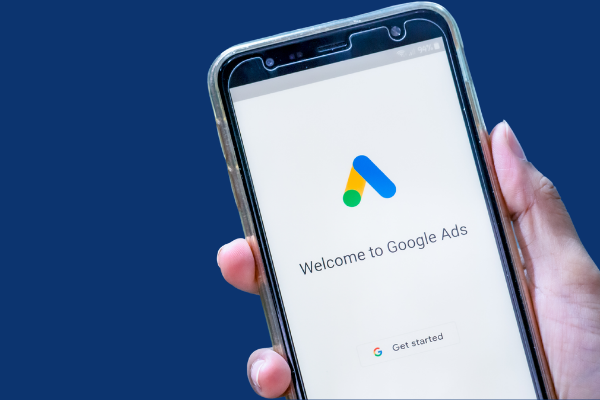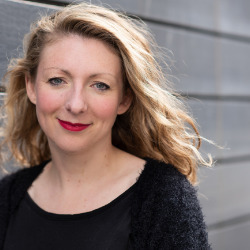Insights
INSIGHTS
All Topics
My Account
Why do funders need so much paperwork?
13 Jun 2022by Helen Olszowska
We uncover why grant applications are a major source of stress for charity fundraisers
In November 2020, Laura Solomon and Kari Aanestad started the #FixTheForm movement. Its goal was to identify and fix the worst elements of funding applications for charities and non-profits across the world.
Their report pinpoints the application process as the top opportunity for improvement in the world of trusts and foundations. It also identifies the top fixes that grant funders could make, such as being able to see the full form at once and the ability to save and return to it to make edits.
Despite the excellent work that’s been done in this area, the problem still exists. One fundraiser told us anonymously, “Funders I’ve found particularly frustrating are local community foundations, who use the same form as each other online nationally meaning you need ten documents attached and 8000 words often for grants as small as 1000 pounds.”
Founder and Director of Fair Development, Vic Hancock Fell explains that at the heart of this issue is a power imbalance between funders and non-profits. She says, “in a utopian world, the funders would have a list of charities who fitted their criteria and would be coming to the charities.”
Harriet Stranks, Director of Grants at Lloyds Bank Foundation (England & Wales), also recognises the structural inequities: “We know there’s a power dynamic between funders and charities which leads to charities being reluctant to call funders out when things aren’t working. As funders, we have a responsibility to change that and ask ourselves how we can put trust where it should be. This will lead to more open and honest conversations.”
Lessons from the pandemic
The COVID-19 pandemic accelerated the pace of change for many ways of working, including grant-making.
On a standard Lockdown Thursday in 2020, Jonathan Cook, Director at Insight-Ful got a call from Money Saving Expert, Martin Lewis. Lewis wanted to give £3.4m to small charities involved in the community response to Coronavirus. He wanted the application form, for what became the Coronavirus Poverty Emergency Fund, to go live the next day by 5pm.
Cook and collaborator Archna Luthra used accessible and publicly available digital tools to allow funds to be applied for and distributed quickly, while meeting the fund’s criteria.
They started with a simple google form asking only seven questions (in addition to those requesting basic information about the charity). In order to prioritise the applications quickly, they used a freely available keywords tool to analyse the answers. They also conducted a data analysis exercise to map the postcodes of applicants against the areas with the greatest need, as identified by the Office for National Statistics.
They received more than 7,000 applications. In time all the applications were read by a human, but digital tools allowed them to prioritise and begin making decisions quickly.
Cook says that Lewis was, “absolutely adamant that everyone would receive an outcome” so they also used mailing software to group and contact every charity applicant personally.
Systemic change
Processes developed for an emergency aren’t always suitable for the long term. “We saw an awful lot change very quickly during COVID-19...that was really good for an emergency, but it’s not a long-term solution, because funders are all accountable to their own boards,” Stranks reflects.
Max Rutherford, Head of Policy and Practice at the Association of Charitable Foundations, has noted this and spoken about some of the other barriers to change. When simple, one form processes have been tried, he says, “some downsides emerge. It doesn’t always level the playing field. A more simple process can favour the mainstream and can be counter to diversity, equity and inclusion intentions. Smaller and less mainstream orgs may benefit from the pluralism of funder applications”
While some of the practices developed during COVID-19 are being rolled back, some remain. Stranks says, “[Lloyds Bank Foundation] reduced our monitoring requirement down to six main questions and we haven’t lost anything. We’re still getting really rich information that’s feeding our learning and strategy. We have reduced the burden on charities and they really appreciate it.”
More radical approaches to managing the flow of funding do exist. Hancock Fell cites the example of The Right Relations Collaborative, a group of Indigenous Aunties who are flipping the power dynamic by working with funders to address inequities and improve the flow of funding into Indigenous communities.
There is a live conversation on structural inequality amongst funders. It started with the Black Lives Matter Movement when the funders for racial equality alliance alerted grant makers to the need for a shift and it continues through initiatives like rethink, rebuild from New Philanthropy Capital and the IVAR Open Funding Network.
If funders recognise the need to redress the power imbalance there are opportunities to be part of a movement for change.
More on this topic
Recommended Products
21 Feb 2025by Ioan Marc Jones
How charities stopped centring service users
20 Feb 2025by Laura Stanley
The simplest way to collect contactless donationsSponsored Article
Our Events
Charity Digital Academy
Our courses aim, in just three hours, to enhance soft skills and hard skills, boost your knowledge of finance and artificial intelligence, and supercharge your digital capabilities. Check out some of the incredible options by clicking here.

















